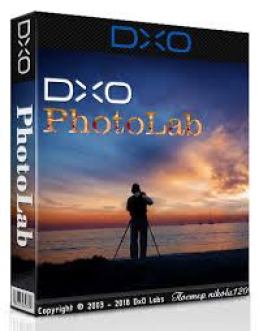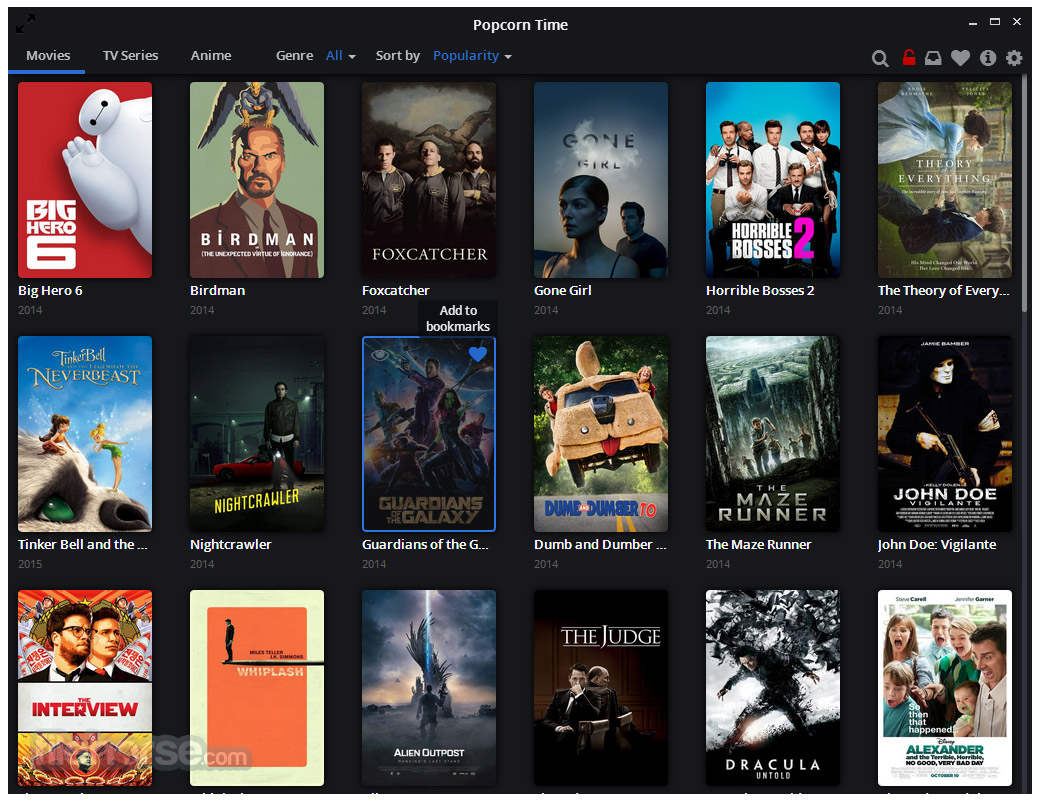

Those who have used previous versions of PhotoLab will be familiar with the setup and those who have used Adobe Lightroom and Photoshop will also see some similarities between the brands. When you first launch DxO PhotoLab 5 you are asked how many of the automated features you'd like to appear in your workspace so more experienced photo editors can choose to work in a less cluttered workspace with options to toggle palettes and automated features as needed.Īs with version 4 of the software, PhotoLab 5 offers two interfaces: PhotoLibrary and Customise so where you organise photos and edit them are kept separately.

Selective application of Control Points and Control Lines.You also get a speedier RAW file development tool and support for additional cameras including the Fujifilm X-Trans sensor camera range which is a first for the software.

The introduction of DxO PhotoLab 5 brings improvements to local adjustment tools as well as an updated PhotoLibrary. We'll mainly be focusing on 'what's new' in DxO PhotoLab 5 so if you do want more of an overview of what the PhotoLab software is, have a look at our previous reviews and take a look at the DxO website. With version 5 comes updates to both areas of the software so we're putting it to the test to find out just how easy it is to organise and edit our photos with the new software.


 0 kommentar(er)
0 kommentar(er)
